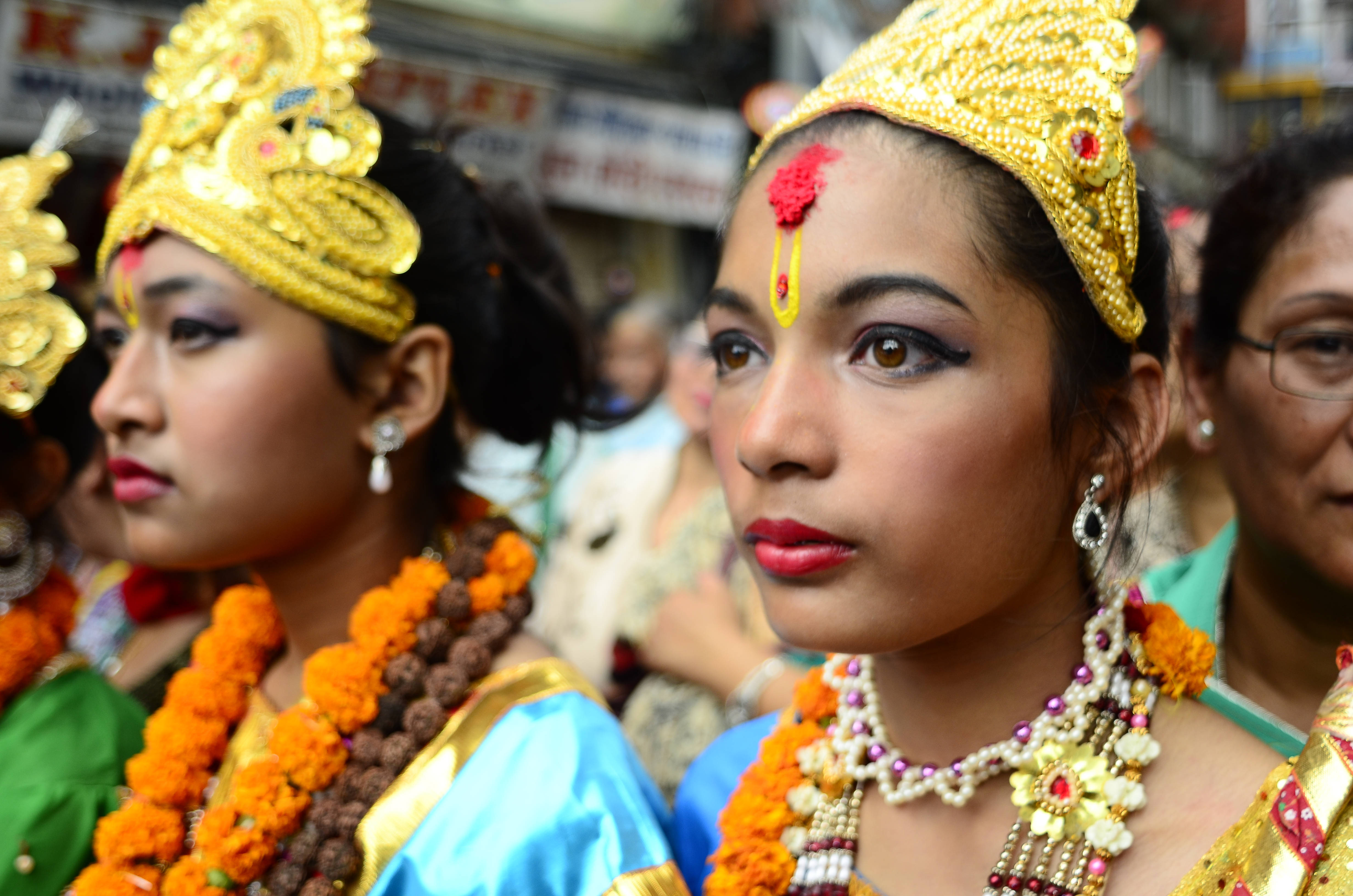
Festivals that celebrate the dead across the world
Posted by AK Lander | On May 15, 2018 00:00
Cultures all over the globe acknowledge the role that death plays in human life and look at different ways of celebrating death and lost loved ones.
Cultures all over the globe acknowledge the role that death plays in human life and look at different ways of celebrating death and lost loved ones. These festivals span continents and religions but all hold the same thing in common; the absence of fear, the marks of respect and the joy and mourning of those that were once loved.
Though some may feel joining these festivals count as dark tourism, for those who have grown up in these cultures, it is a way of paying respect and celebrating. Some of these festivals have become extremely popular, while others have remained obscure. While in the UK we often visit loved ones’ headstones on significant dates like birthdays or anniversaries, having a festival dedicated to those who have passed on allows entire communities to join together in their grief.
Dia de Los Muertos
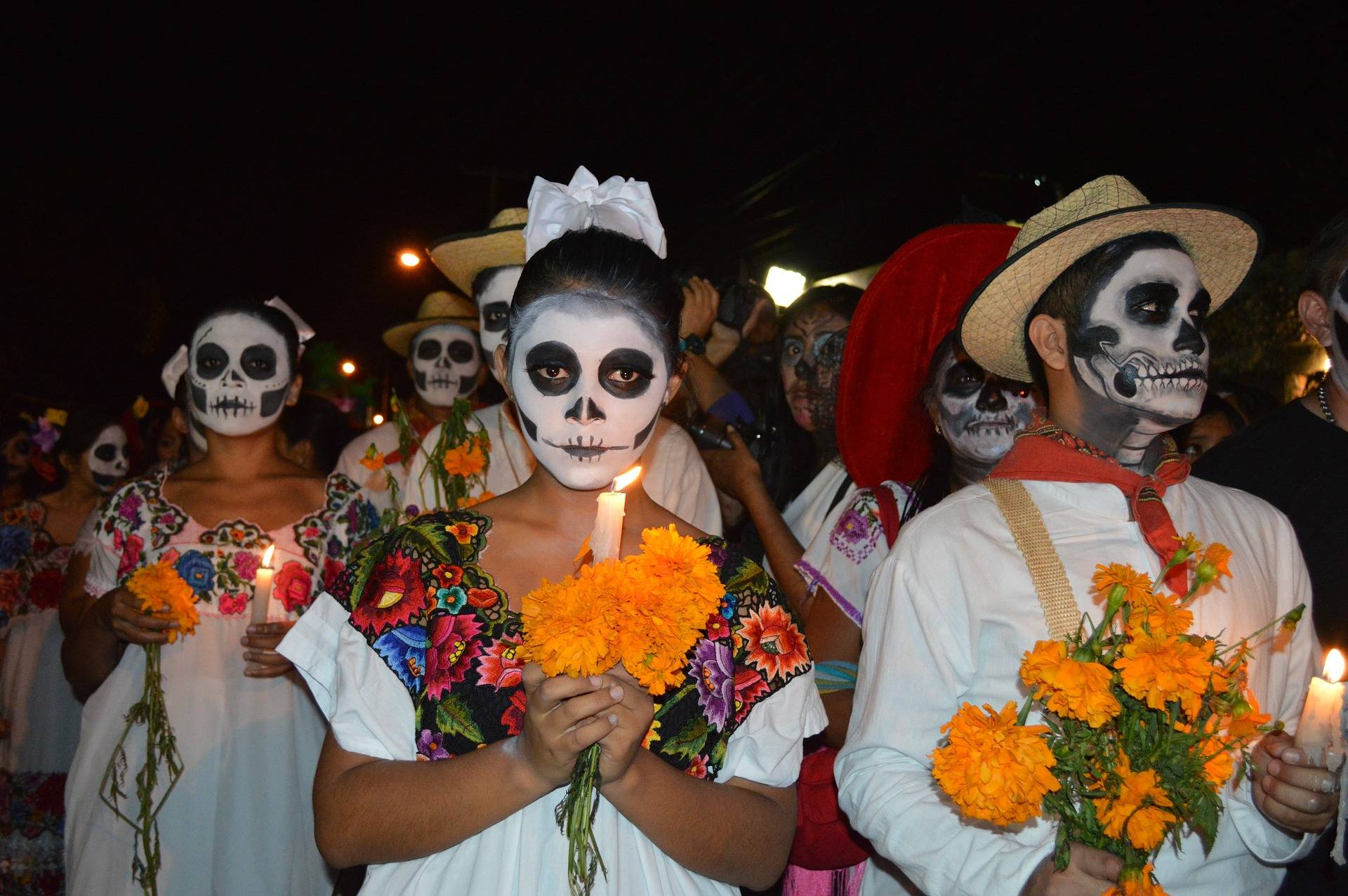
The Mexican festivities of Dia de Los Muertos, also known as the Day of the Dead may have a much longer history than the Spanish colonisation of the country. Thought to date back to the Aztec period, the three-day festival now falls from the 31st October to the 2nd of November to fit with the Catholic tradition of All Saints Eve.
What makes this festival so unique is not just the celebratory atmosphere of the festivals or the division they make between the days, but also the abundance of cheerful marigolds seems an unusual flower to associate with the dead, With a day for innocents, where the belief is that spirits of children walk, the second day being all saints day, a day when adult spirits are set loose, the third day is devoted to all souls and is an opportunity for families to visit graves and pay their respects.
Rachel from Trailing Rachel spent some time in Oaxaca during the festival and explained its importance: “During these few days of the year, it is believed that the veil between the living and the dead is at its thinnest, and the spirits of the dead can come back to visit. Families make altars for loved ones and decorate their graves to invite and welcome them back.
“Our friend from the short flight to Oaxaca told us how fascinating and beautiful it was to witness the Day of the Dead celebrations because it’s a totally different way of looking at death than most Americans are used to. While the cities of Puebla, Guanajuato, and Mexico City are also incredible for partaking in these celebrations, Oaxaca is the epicentre.”
Pitru Paksha
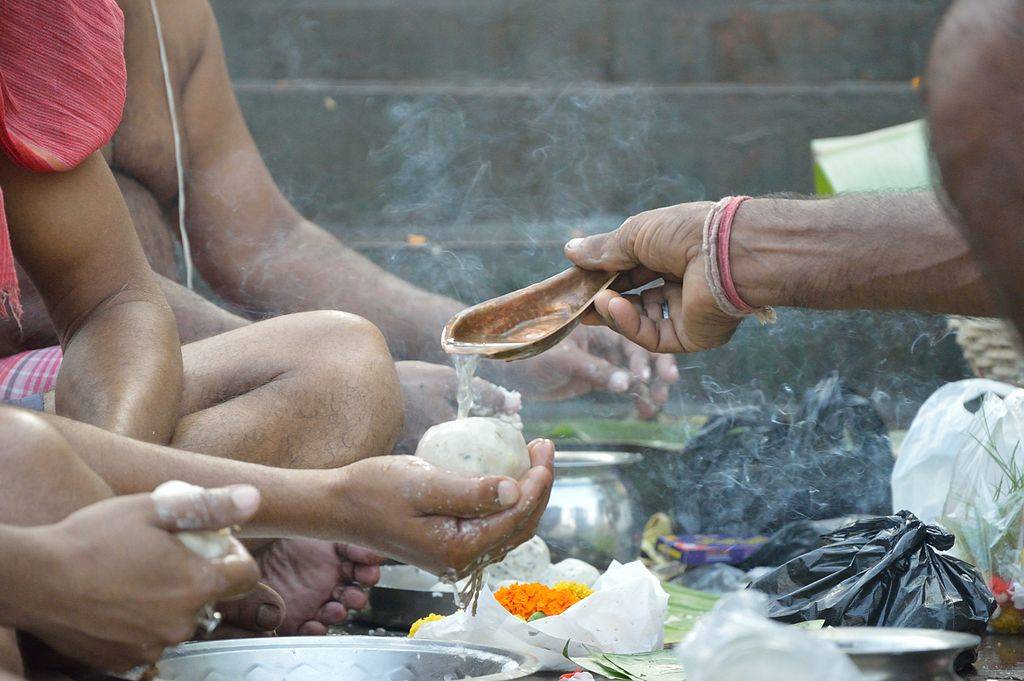
This Hindu festival takes place over a fortnight with celebrations that are dedicated to different ancestors, mostly through the medium of food. The legend behind the 15-day festival is that during the Mahabharata war, a legendary donor was killed and transcended to the afterlife. Once there he was offered gold and jewels to eat, however, he was unable to consume them and asked for food and water instead. Indra, the Lord of Heaven, explained that Karna had only donated money and wealth during his life, but never food to his ancestors. Upon learning this, Karna explained he was never aware of his ancestors and wished to make amends. He was granted 15 days to return to Earth and thus Pitru Paksha was created.
There are complicated rituals surrounding the festival about who can donate for the family and when certain ancestors are to be honoured. Andrea from Indian by Serendipity explains some of the rituals in Pitru Paksha:
“According to the Hindu calendar the period of Pitru Paksha is when homage must be paid to the ancestors, which is called Shradh. This comprises the 15 days between the last day of Ganpati’s festival and the first day of Durga Pooja. The ritual may vary from family to family but some of the traditions are: putting garlands on their photo and displaying it somewhere visible, feeding a crow, feeding poor people, giving money and clothes to the needy.
“This year besides all the grandparents we added my dad´s photo as well. So we had to do all of the mentioned above five times to honour each one of them. Shradh is a more serious deal than Day of the Dead. During these 15 days people won’t buy anything new, they won’t even wear new clothes. Some people, like some Maharashtrians I know, will fast these two weeks.”
Gai Jatra
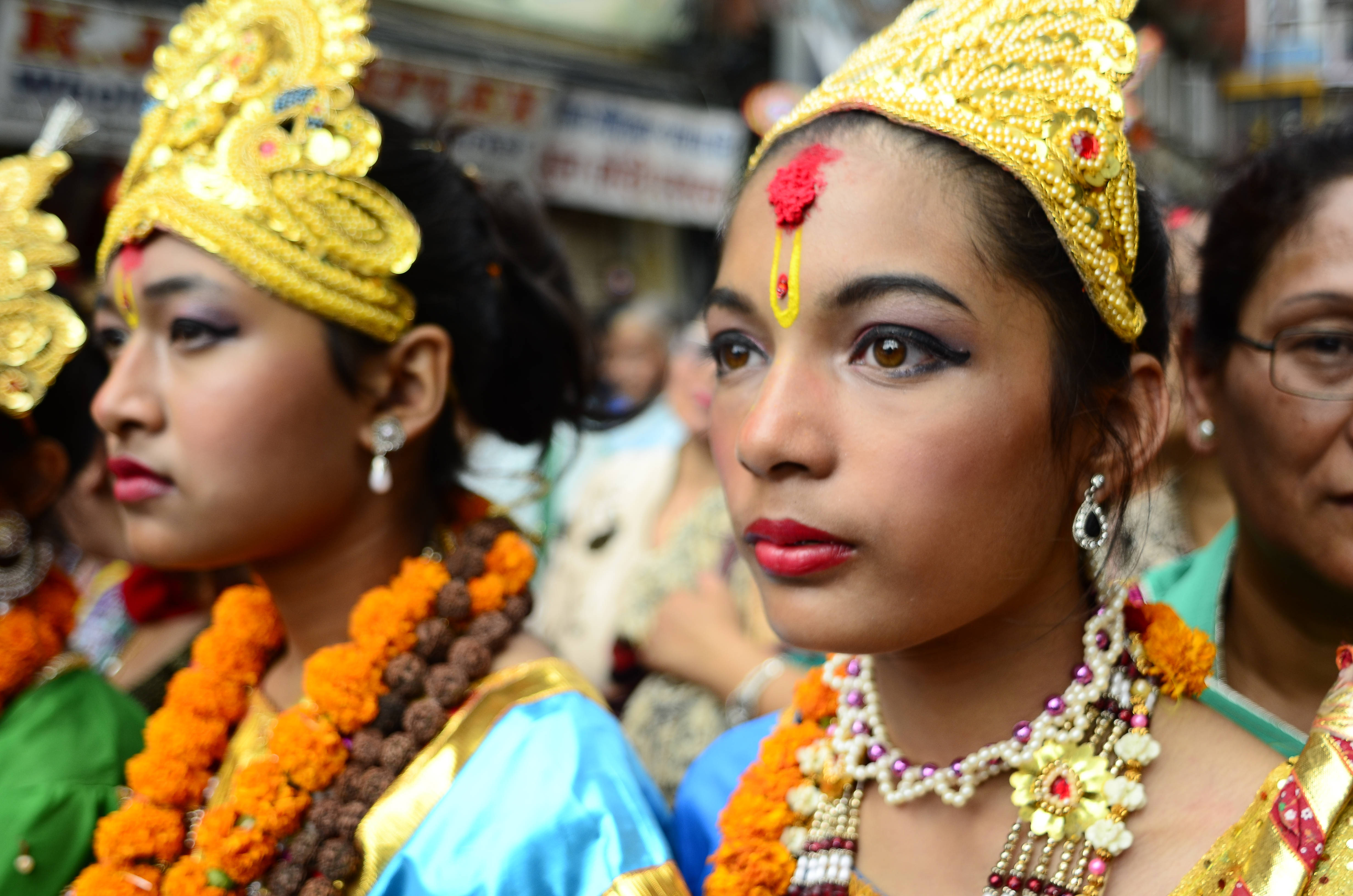
This festival may be named after cows, but it is one of the most popular festivals in Nepal and actually celebrates those who have passed away in the last year. According to the traditions that have continued for centuries, every family that has lost a member must join the parade through the streets in Kathmandu leading a cow. If the family do not have a cow, then a boy dressed as a cow is a viable substitute. As cows are the most respected animal within Hinduism, it is thought that the cow will help the family member’s passage to heaven. The Gai Jatra festival is very different across the areas of Nepal with the processions and traditions in Kathmandu varied compared to those celebrated in Bhaktapur.
All Hallows Eve
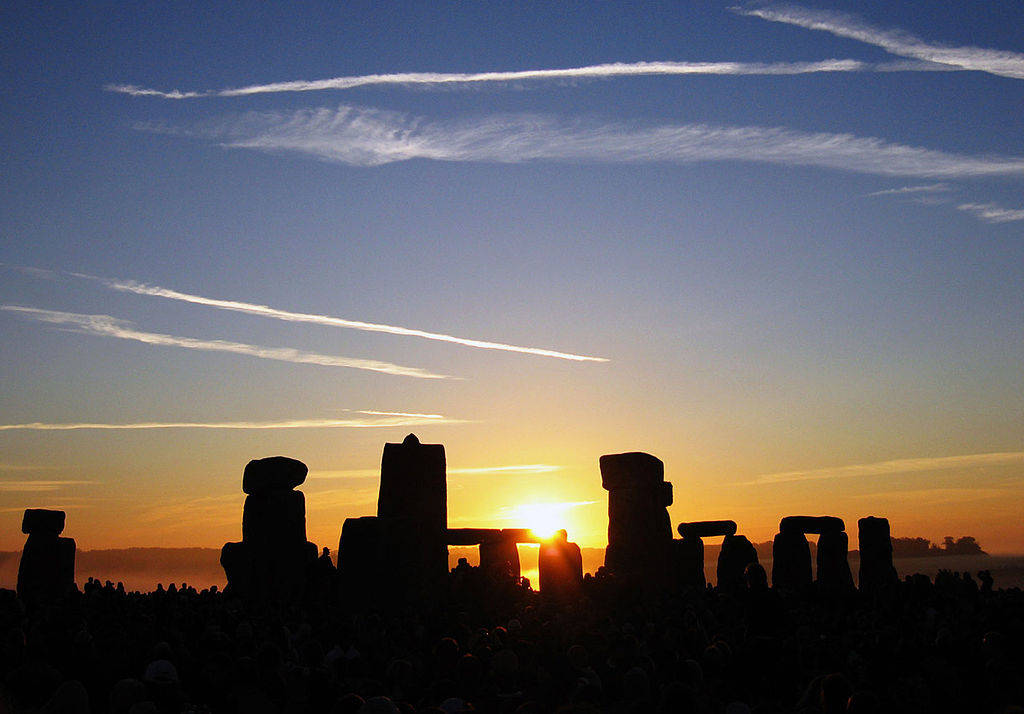
In the UK we celebrate Halloween in a commercialised and tentative way that mirrors the way in which North America has taken to the festival, however, some parts of the UK take the celebration seriously and see it as more than an opportunity to dress up and ask the neighbours for sweeties.
The Pagan roots of Halloween may have been Samhain that falls over a similar time period. Marking the end of the harvest season and the beginning of winter or the darker half of the year, this was a time when the barriers between the worlds thinned, and spirits were liable to be more active. Food, drink and portions of crops were offered in order to lessen the spirits’ influence and protect the living. It is also said that this was a time when the spirits of the dead would revisit their homes seeking hospitality and the family would set extra places at the table to welcome them.
Image Credit: Darvinsantos, Biswarup Ganguly,
